When Wild Horses Roamed Free

Wild horses have long been associated with the untamed beauty of the American West — a symbol of freedom, independence, and the wild spirit of the frontier. But the reality today is much more complicated. While these horses are often romanticized in history and film, the wild herds that once roamed freely across the plains and deserts of the West are now a shadow of their former selves. Over the years, their numbers have dwindled drastically due to habitat loss, overgrazing, and increasingly aggressive management policies.
Today, the Bureau of Land Management (BLM) manages most of the remaining wild herds, but critics argue that their policies often do more harm than good. The horses are being removed from public lands at alarming rates, often sent to holding facilities or put up for adoption. With each passing year, the ghost herds of the West — the ones that represent the true wild spirit — become fewer in number, as both their land and freedom continue to shrink. But can anything be done to save these iconic animals from disappearing forever? The answer might lie in rethinking the ways we manage and protect them, and maybe giving them more space to roam free once again.
Shrinking Wild Horse Habitats
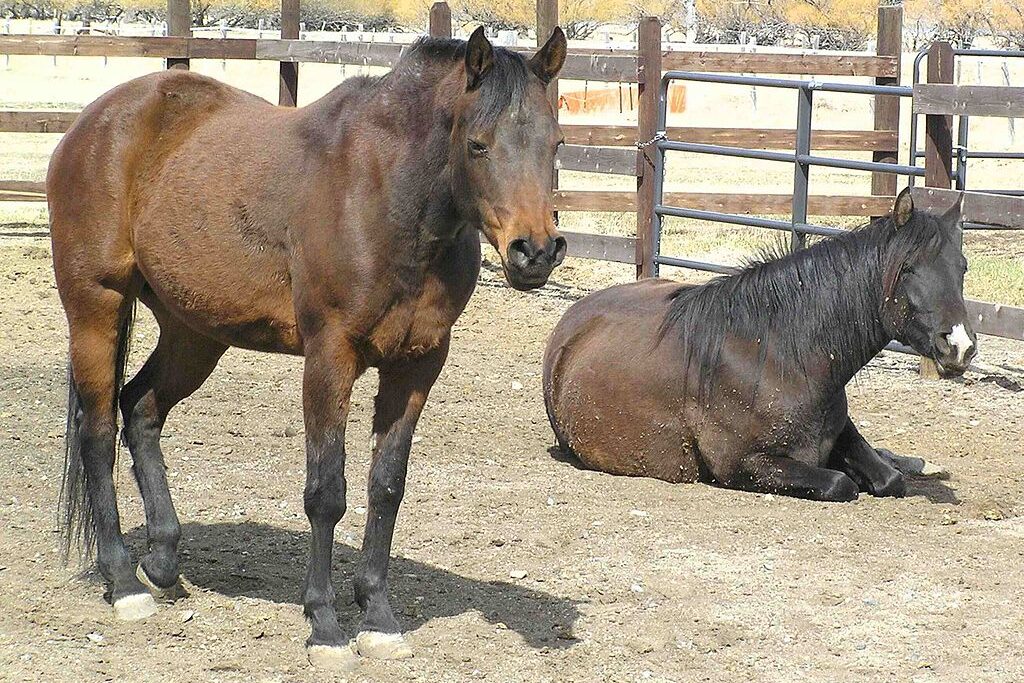
Wild horses, once the rulers of vast landscapes, are now confined to a shrinking number of areas in the U.S. As urban sprawl increases and human activity spreads, the open lands that were once home to these majestic creatures are quickly vanishing. Over the years, the increasing demand for land to build roads, homes, and businesses has pushed these horses further into smaller, more fragile ecosystems. This reduction in land means less food, less water, and more competition with other wildlife — all of which make survival harder for wild horses.
The dilemma is even more pronounced when you consider how wild horses contribute to the ecosystem. They are important members of their habitats, grazing on plants and helping to maintain a balance of native species. But as their natural space decreases, conflicts with other species and even domestic livestock increase, further complicating the battle for survival. Conservationists argue that protecting the remaining land is crucial to the survival of the ghost herds, but finding a balance between human development and animal conservation is a tough, ongoing challenge. Without immediate action, these areas will continue to shrink, leaving the horses with fewer places to thrive.
Politics Get Involved (As It Often Does)

One of the most significant obstacles wild horse conservation faces is the political divide surrounding their management. The debate over wild horse preservation is often framed as a battle between animal rights activists and those who argue that horses are simply too numerous and destructive to be allowed to roam freely. The BLM, which is responsible for managing these herds, often finds itself caught between two opposing forces: those who want to see the horses protected at all costs and those who believe the herds need to be controlled to protect the land they roam on.
But it’s not just about numbers. A lot of the disagreement stems from differing perspectives on what it means to “manage” the herds. Some argue that the horses should be kept in controlled environments or removed entirely to prevent overgrazing, while others want to see more humane, hands-off approaches that focus on fertility control and preserving the horses’ ability to live freely. This ongoing battle has led to mixed policies, with limited long-term success. Without a united front and a clearer direction, the fate of these wild horses remains uncertain. Can a solution be found that works for both the animals and the land they live on?
Fertility Control: A Controversial Solution
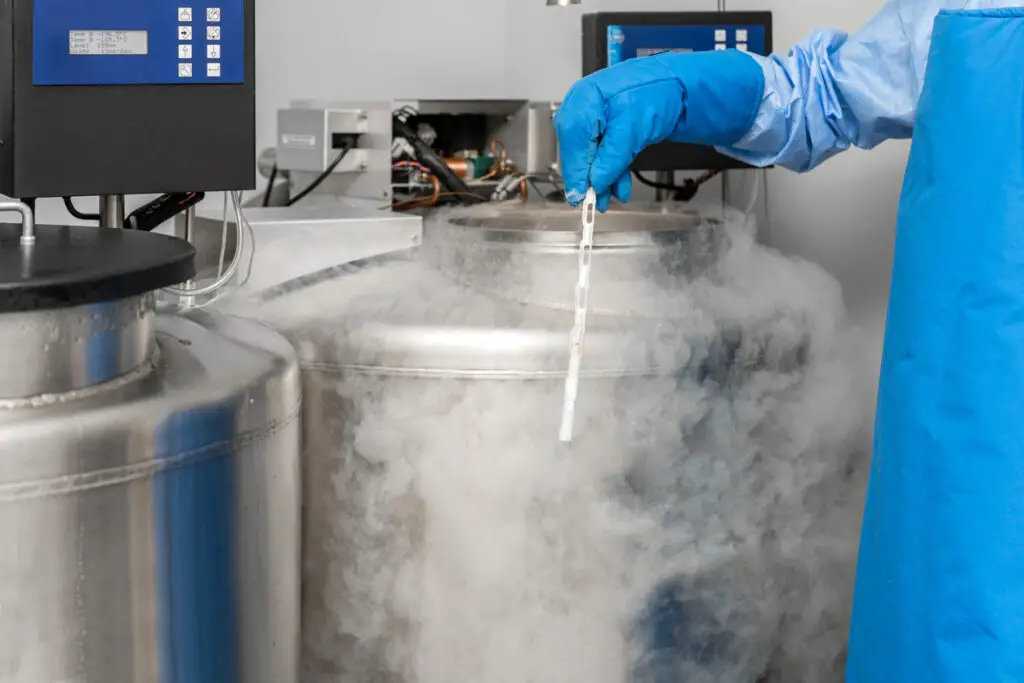
One of the most debated solutions to the wild horse crisis is the use of fertility control. Rather than removing horses from the wild or relying on sterilization, some conservationists believe that managing herd size through contraception could offer a more humane and sustainable solution. Various methods of fertility control, such as immunocontraceptives, have shown some promise in reducing population growth among wild horses, allowing for a more balanced ecosystem.
However, this solution is not without its critics. Some argue that the use of contraception is a temporary fix that doesn’t address the underlying problem of habitat loss, while others point out the difficulty in ensuring the widespread application of fertility control in large, remote herds. The cost of implementing these programs and monitoring their success is another challenge, with some estimating that the financial resources required could rival the cost of removing horses altogether. Despite these concerns, fertility control remains one of the few options for reducing the number of horses without resorting to mass removals, and many hope it can play a key role in saving the wild herds in the future.
Can We Save Them?

The future of wild horses largely depends on public support and advocacy. The more people know about the issue, the more likely they are to support policies that protect these animals. Public pressure has led to significant changes in the past, including the passage of the Wild Free-Roaming Horses and Burros Act of 1971, which granted legal protections to wild horses and established the BLM’s role in managing the herds. But even with this legal framework in place, the battle is far from over.
One of the most powerful tools in the fight to protect wild horses is public awareness. When citizens rally behind a cause, they can push lawmakers to enact meaningful change. This is especially important as environmental policies and conservation efforts are often driven by public opinion. If enough people advocate for the preservation of wild horses, it could lead to greater funding, more supportive policies, and even expanded habitats. However, this will require a massive shift in how people view these animals and their place in our landscapes. If enough people rally to save the ghost herds, perhaps these animals can continue to roam free on the vast plains for generations to come.
The Role of Ranchers: Are They Allies or Adversaries?
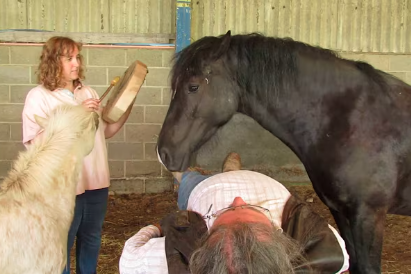
The relationship between wild horses and ranchers is often seen as contentious, with each group vying for the same land and resources. Ranchers typically rely on grazing land for their livestock, and wild horses are frequently viewed as competition. Some argue that overgrazing by the horses depletes vital vegetation, leading to soil erosion and loss of grazing land for cattle. This has created an ongoing tension between the two groups, with ranchers pushing for removals and controls to limit the impact of the wild herds.
However, this dynamic is not one-side
d. Many ranchers are also strong advocates for the protection of wild horses and have begun to see the animals as part of the cultural and ecological landscape. Some have even partnered with conservation organizations to implement sustainable grazing practices, advocating for solutions like controlled burns or rotational grazing that benefit both horses and livestock. When ranchers and conservationists work together, there’s a chance to find balance between maintaining land for agriculture and preserving the wild horses that roam it. It’s a difficult conversation, but not impossible if both sides can find common ground.
The Importance of Genetic Diversity: Keeping the Herds Healthy

A major concern for wild horse conservation is maintaining genetic diversity within the herds. When populations become too small or isolated, they face the risk of inbreeding, which can lead to a range of health issues, from physical deformities to reduced immunity. The wild herds that remain are already dealing with a shrinking gene pool, which poses a long-term threat to their survival. Inbreeding can result in weakened animals who are less equipped to survive in the harsh environments they inhabit.
To avoid this, conservationists are looking into ways to increase genetic diversity by moving horses between different herds, allowing them to mate with animals from other regions. This strategy has been used with success in other animal populations, and it could be a key part of saving the wild horses. However, there are significant logistical challenges to implementing this on a large scale, as it requires coordination between organizations, landowners, and government agencies. Even so, the need for genetic diversity is critical — without it, these herds could face extinction within a few generations.
The Impact of Climate Change: A Growing Threat to Wild Horses

Climate change is another factor that threatens the future of wild horses. These animals are incredibly adaptable, but they are not immune to the changing environment. Increased temperatures, droughts, and wildfires are putting pressure on the land that wild horses depend on for survival. In particular, the dwindling availability of water and food sources during dry spells makes it harder for the horses to find sustenance. And as the habitats of the wild horses become more arid, their territories are shrinking, leading to more competition with other species.
Climate change also impacts the seasonal patterns that wild horses rely on for breeding and migration. Many herds have adapted to the changing seasons by following migratory routes that have been passed down for generations. But with the unpredictability of weather patterns, these traditional routes are becoming less reliable, putting additional stress on the herds. If conservationists are to save the wild horses, they’ll need to factor climate change into their preservation efforts, finding ways to mitigate the impact of these environmental shifts and create more resilient habitats.
The Role of Wild Horse Sanctuaries: Safe Havens or Temporary Solutions?
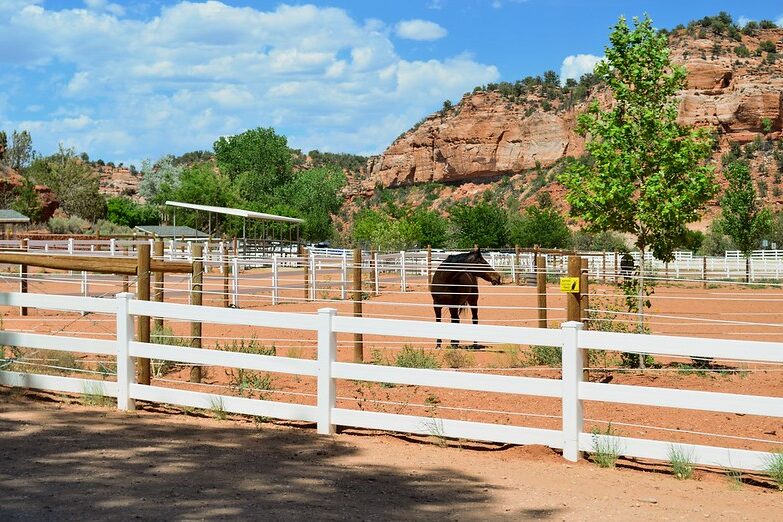
Wild horse sanctuaries offer an alternative to removal and management practices that some see as harmful to the horses. These sanctuaries are places where horses can live out their lives in freedom, away from the pressures of human encroachment or being sent to holding facilities. These safe havens provide space for the horses to roam, socialize, and maintain their wild behavior, and they often offer the public an opportunity to witness these majestic animals up close.
However, the reality is that there are not enough sanctuaries to accommodate all of the remaining wild horses, and running these facilities is costly. Sanctuaries need land, resources, and staff to care for the horses, and many are operating at full capacity or are limited in their ability to expand. While they are a step in the right direction, sanctuaries alone cannot solve the larger problem of habitat loss or overpopulation. Still, they remain an important part of the solution, offering a temporary refuge while more sustainable solutions are sought.
How Can We Help? Simple Steps to Support Wild Horses

For those who are passionate about saving wild horses but unsure how to help, there are a number of practical steps that can make a difference. One of the most direct ways to support these animals is by donating to or volunteering with organizations that focus on wild horse conservation. These groups work tirelessly to provide the horses with protection, advocacy, and educational resources. By supporting these organizations, individuals can ensure that wild horses have a voice in the political debates surrounding their future.
Additionally, raising awareness about the plight of wild horses is another critical way to help. Social media campaigns, petitions, and public demonstrations can bring attention to the issue and put pressure on lawmakers and government agencies to adopt more effective policies. By educating others about the importance of preserving wild horses and the challenges they face, we can create a more informed and compassionate public that supports their survival. Every small step, whether it’s spreading the word or donating to a sanctuary, can contribute to ensuring that the wild horses of tomorrow still roam freely.
What’s Next for the Ghost Herds? A Call to Action
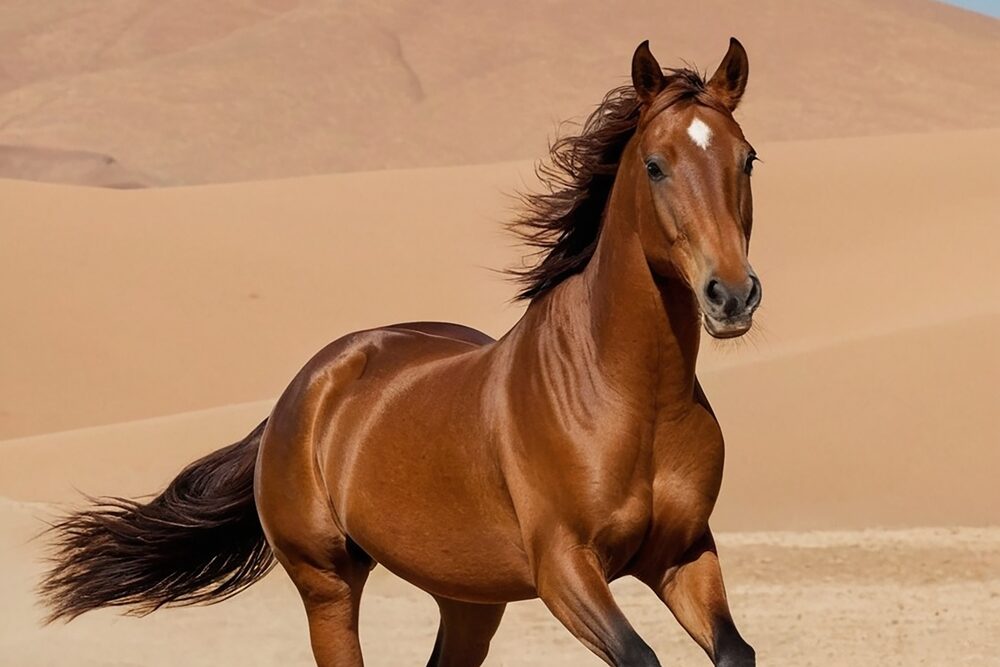
The future of wild horses depends on the actions we take now. If current trends continue, these iconic animals could disappear from the American landscape, leaving only their memory as a symbol of the untamed spirit of the West. But there is hope. By implementing more humane management practices, protecting their habitats, and addressing the political and environmental challenges that threaten their survival, we can create a future where wild horses continue to roam free.
Conservation efforts are already underway, with organizations working tirelessly to protect and restore the land, implement fertility control, and provide safe havens for the horses. But more support is needed. Public awareness is key — the more people understand the plight of wild horses, the more likely we are to see positive change. By supporting advocacy efforts, donating to wild horse sanctuaries, and pressuring lawmakers to enact protective policies, we can help ensure that wild horses remain a living part of the American landscape. The call to action is clear: We must act now, before the ghost herds fade into history.


